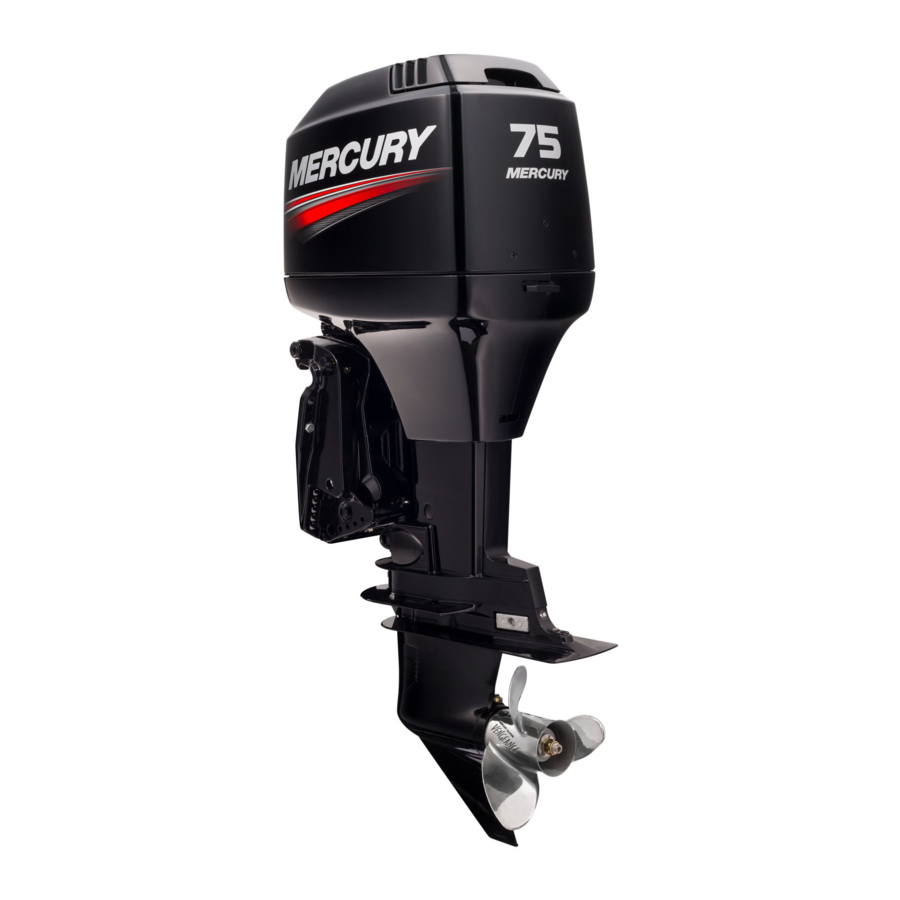
Mercury 75 Operation Maintenance Warranty Installation Manual
Hide thumbs
Also See for 75:
- Service manual (574 pages) ,
- Operation and maintenance manual (93 pages) ,
- Manual (89 pages)
Table of Contents
Advertisement
Advertisement
Table of Contents
Troubleshooting














Need help?
Do you have a question about the 75 and is the answer not in the manual?
Questions and answers